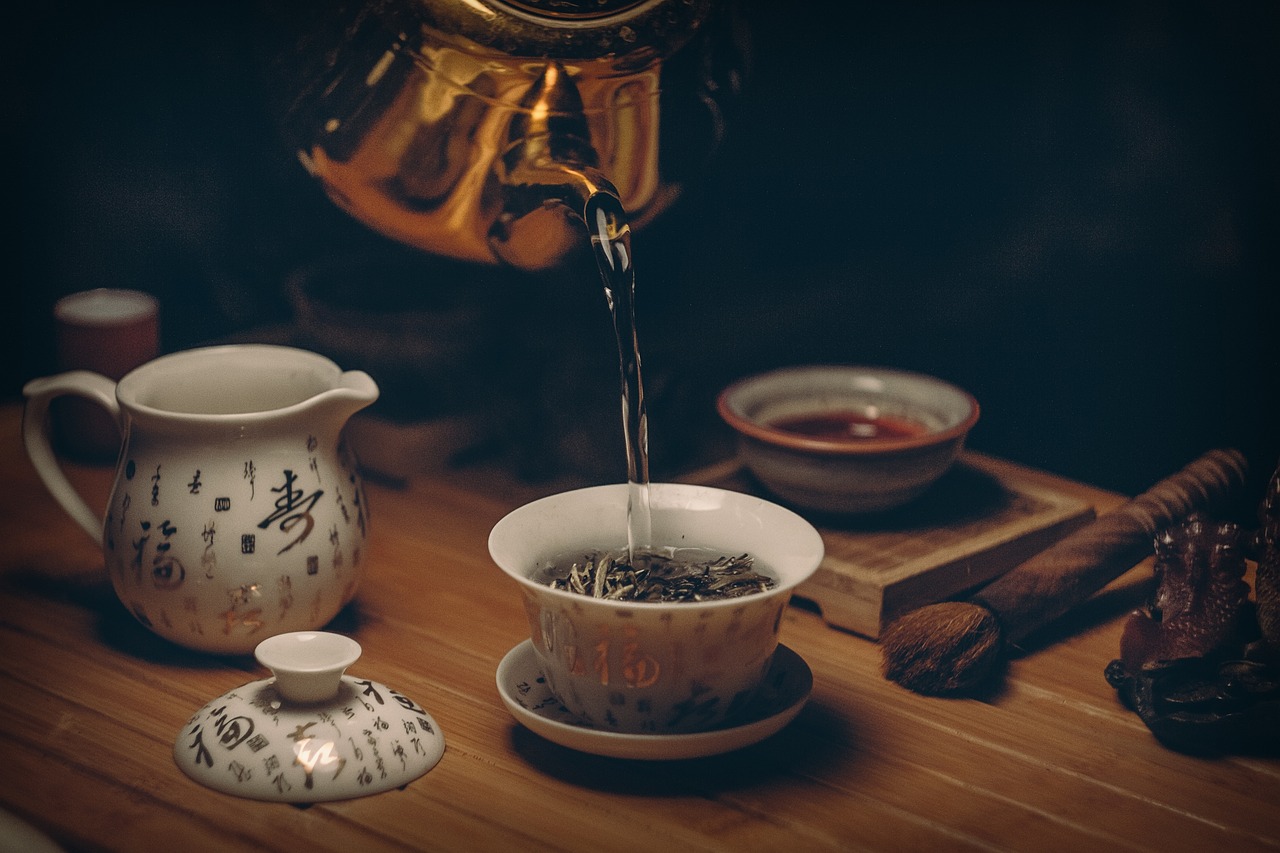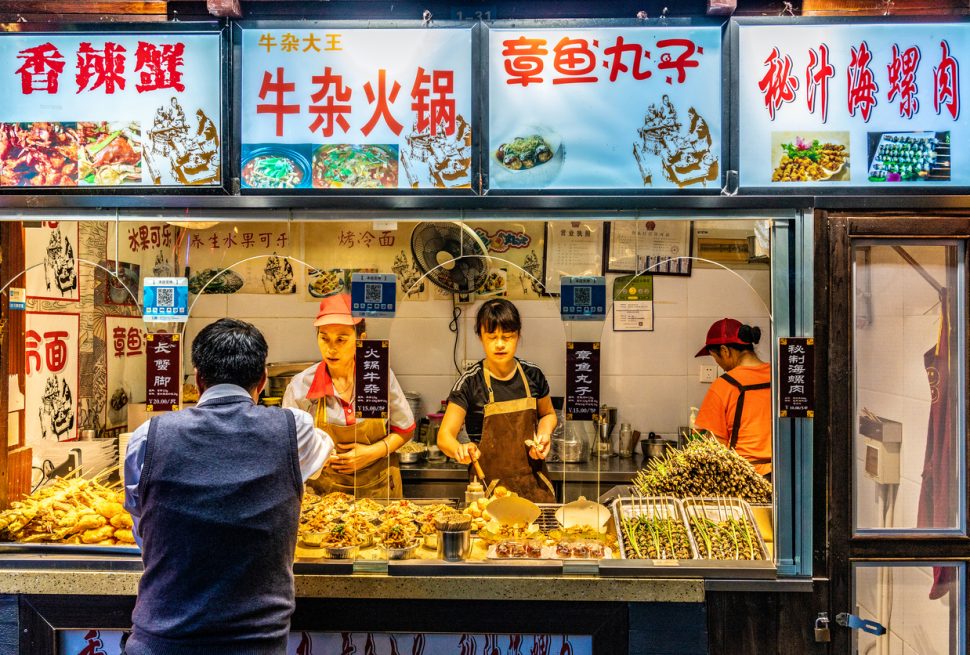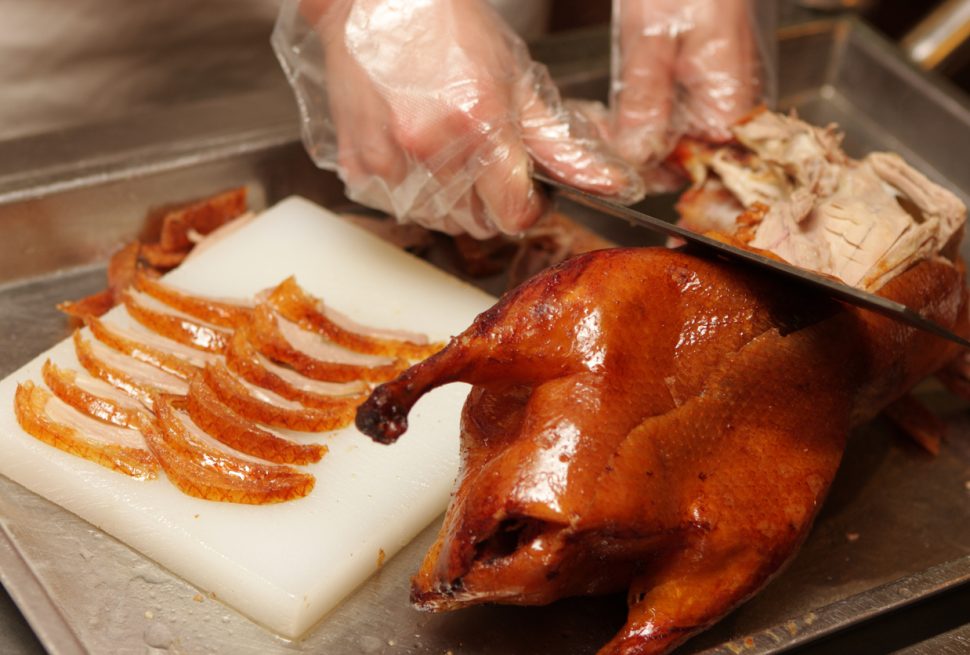Planning a trip to Yunnan and wondering what to bring home for your friends and family? One of the most thoughtful and authentic gifts you can take back is Pu-erh tea—a local treasure with a rich history, distinct flavor, and surprising health benefits.
Let’s explore why Pu-erh tea makes the perfect souvenir, what makes it so special, and how to choose the right one for your loved ones.
What Is Yunnan Pu-erh Tea?
Pu-erh tea (also spelled Puer or Puerh) is a type of fermented tea from Yunnan Province, especially regions like Pu’er, Xishuangbanna, and Lincang. Unlike green or black tea, Pu-erh undergoes a unique fermentation process that gives it its signature earthy flavor and the ability to age like fine wine.
There are two main types:
- Raw Pu-erh (Sheng): Naturally fermented over time, often with a more floral and slightly bitter taste.
- Ripe Pu-erh (Shou): Artificially aged for faster fermentation, usually smoother and darker in flavor.
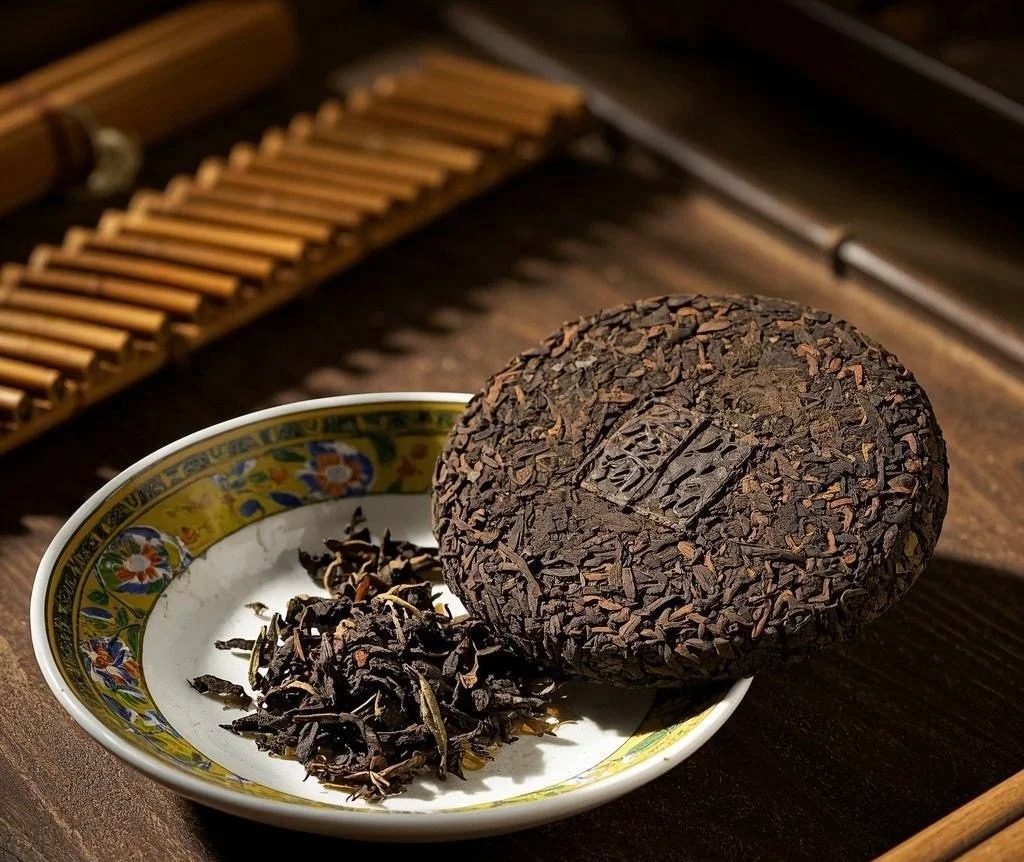
What Does Yunnan Pu-erh Tea Taste Like?
The taste of Pu-erh tea can vary greatly depending on its age, type, and origin. In general:
- Raw Pu-erh has a bright, slightly bitter flavor with floral and fruity notes that mellow over time.
- Ripe Pu-erh is rich, earthy, smooth, and mellow, with a deep red-brown color in the cup.
High-quality Pu-erh leaves a sweet aftertaste and a lingering aroma—many tea lovers describe it as comforting, grounding, and complex.
What Are the Benefits of Yunnan Pu-erh Tea?
Pu-erh is more than just a flavorful drink—it’s celebrated for its health perks, including:
- Digestive aid: Helps break down fats and supports gut health.
- Weight management: Often consumed after meals in China to assist metabolism.
- Heart health: May help reduce cholesterol levels.
- Calming effect: Thanks to its lower caffeine level and unique fermentation, it’s known to relax the body.
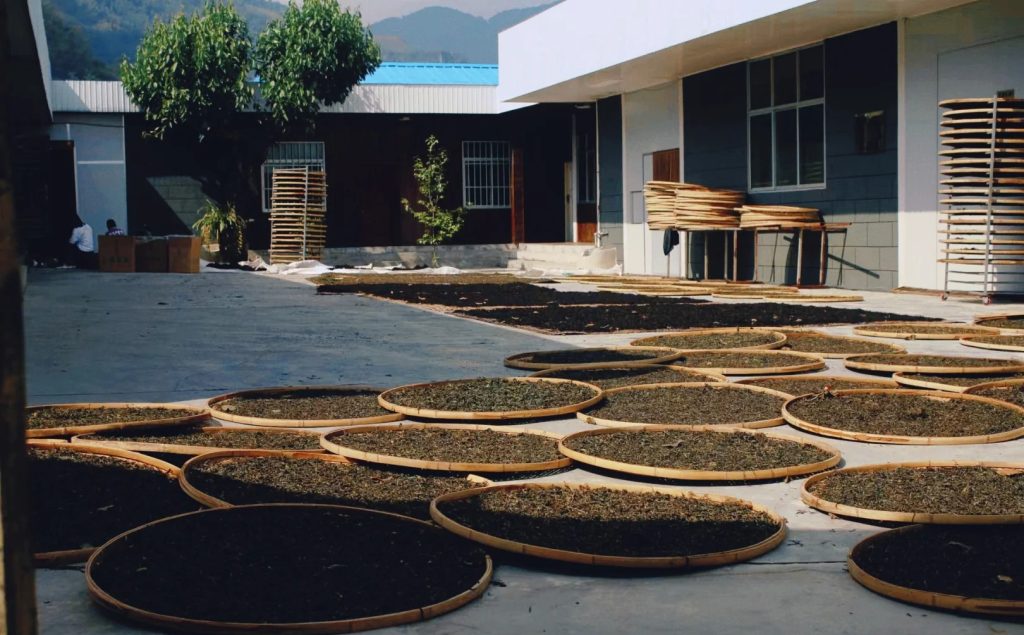
Why Is Yunnan Pu-erh Tea So Famous and Expensive?
Several reasons explain Pu-erh tea’s global fame and sometimes high price:
- Origin Protected: True Pu-erh must come from specific areas in Yunnan, particularly ancient tea-growing regions like Xishuangbanna.
- Aging Value: The older the tea, the smoother the flavor and the higher the price.
- Rare Old Trees: Some teas come from ancient tea trees (over 100 years old), offering unique flavors and commanding premium prices.
- Cultural Legacy: Pu-erh is not just a drink—it’s a piece of Chinese tea culture, often collected like fine art.
How to Choose a Proper Pu-erh Tea?
If you’re buying Pu-erh tea in Yunnan, keep these tips in mind:
🔍 Look for Quality
- Appearance: Good tea leaves are tight, plump, and slightly glossy.
- Smell: High-quality tea has a natural earthy or sweet aroma—avoid anything musty or sour.
- Taste: A good Pu-erh should taste smooth and rich with a lasting sweetness.
✅ Choose Trusted Origins & Certifications
- Core producing areas: Pu’er, Xishuangbanna, Lincang, Baoshan.
- Look for quality marks or certifications on the packaging.
💰 Know the Price Range
- Everyday tea: ~100 RMB/kg
- Aged or ancient-tree tea: hundreds or thousands per kilo
- Avoid extremely cheap or hyped-up products in tourist traps.
📦 Storage Matters
- Store in a cool, dry, and well-ventilated place.
- Loose tea is best for short-term use; pressed cakes are suitable for aging.
Where to Buy Pu-erh Tea in Yunnan?
Here are some top recommended places:
1. Pu’er International Tea Market (Simao District, Pu’er City)
- One of the largest bulk tea trading hubs in Yunnan.
- Spring (March–April) is the best time to visit.
- Transparent prices and fresh products.
2. Kunming Tea Markets
- Fulu Bang Tea City (Guandu District): Great variety for all levels.
- County Markets: Lower prices and more direct interaction with sellers.
3. Old Towns of Dali & Lijiang
- A good mix of boutique shops and tourist-friendly options.
- Especially rich in local specialties and beautifully packaged teas.
4. Xishuangbanna & Lincang
- Tea plantations, ancient tea trees, and premium Pu-erh.
- Jingmai Mountain Ancient Tree Tea is highly recommended.
5. Brand Stores & Museums
- Visit Dayi Tea or Yunnan Gudian brand stores.
- Pu-erh Tea Experience Center (Yunnan Provincial Museum, Kunming): Offers tasting, education, and authentic products.
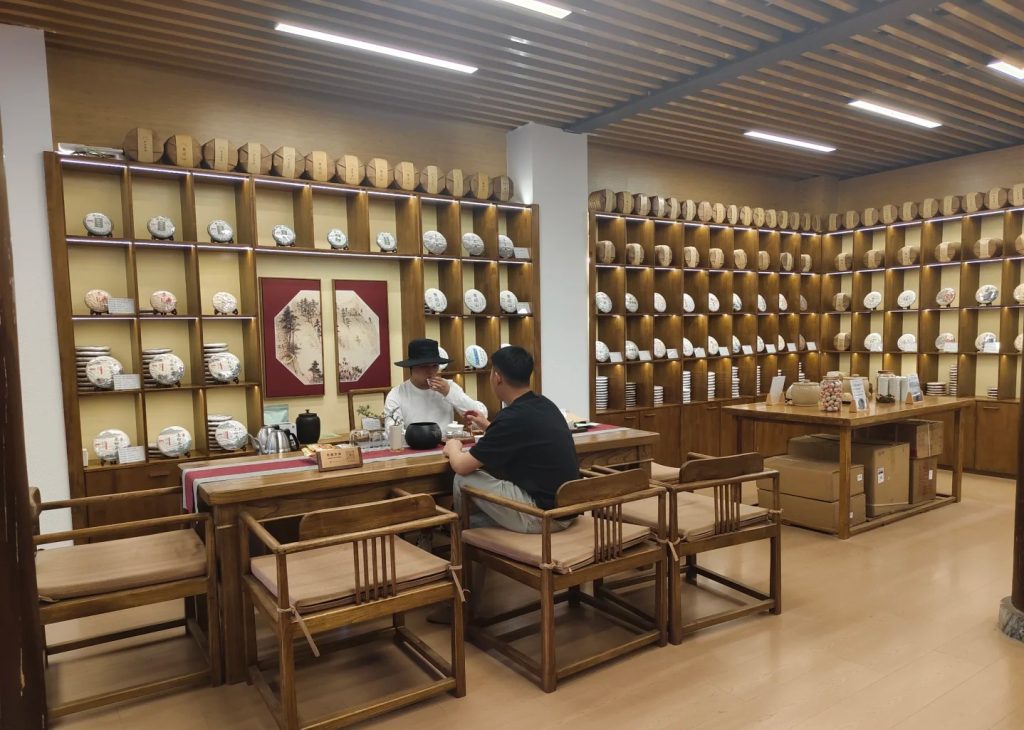
Final Tips: Avoid Tourist Traps
Not all that glitters is gold. Be cautious of:
- Overpriced tea in tourist zones
- Fake claims like “wild ancient tree tea” at low prices
- Poor storage or misleading packaging
If you’re short on time, brand flagship stores or certified e-commerce platforms (like JD or Tmall) are safer options.
Explore Yunnan & Experience Pu-erh at the Source
Whether you’re a seasoned tea drinker or new to Chinese teas, Yunnan is the perfect place to discover the world of Pu-erh. Why not combine tea shopping with a cultural adventure?
👉 Check out our 7-Day Yunnan Highlights Tour & 7-Day Wild Yunnan Journey and discover the beauty, taste, and tradition of southwest China.

